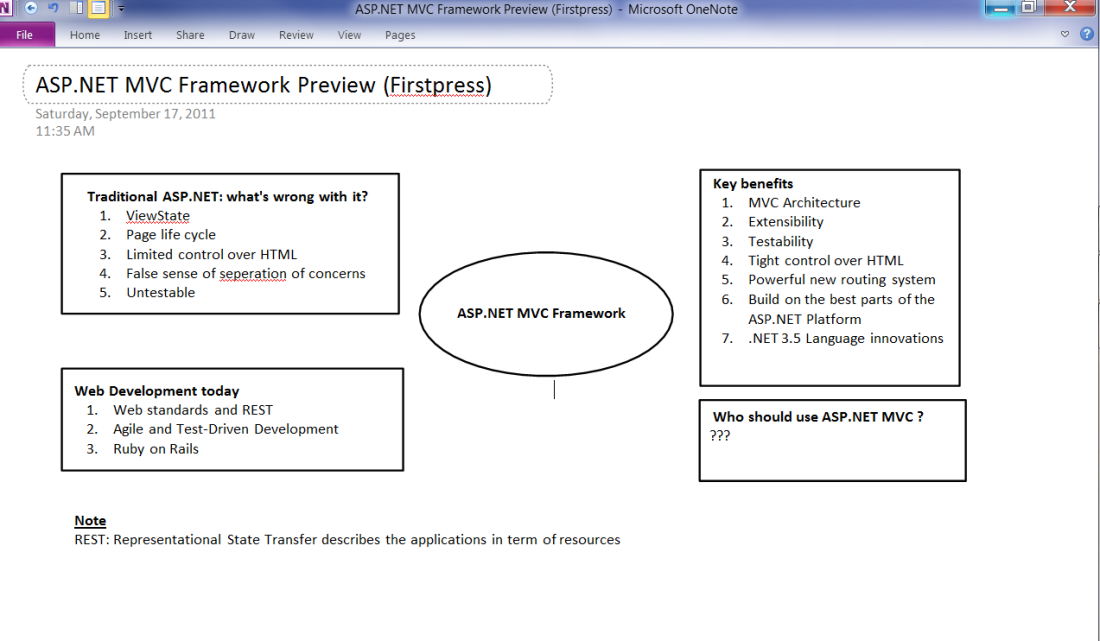Previously, I was just an ordinary Java Developer with passion to build everything from craft. Moreover, I preferred to use Notepad to produce code whenever I got bored with Eclipse IDE or NetBean IDE. However, thing has changed as a part of life when I decided to explore more on Microsoft .NET. Certainly, I’d love to admit the benefit that .NET framework and Visual Studio IDE bring to my development life is very crucial.
My .NET development experience started just a few months after .NET Framework 3.5 SP1 was released. It means I just adopted in the middle stage of .NET technology without a very fully understanding of its very own history, driven factors and so on. For recent 2 years, I have been involved more into Silverlight and RIA Services WCF instead of ordinary .NET C#, so the hole of fundamental understanding on .NET is getting wider especially when I am busy with pursuing new released exciting features which requires minimal understanding but optimal practicing.
Here I am ‘learning’ the fundamental .NET framework. As mentioned in various documents, .NET Framework retains features form the previous versions and add new features, in which Common Language Runtime (CLR) is the key component of each .NET framework version.


Technology has been changed rapidly and we are keeping ourselves to continuously be in the motion. It’s cool to adopt the latest technology and to explore the new features. However, it is obviously impossible to make use of it all effectively without a fundamental understanding.
Cheers,
Mike
Reference:
1. http://msdn.microsoft.com/en-us/library/bb822049.aspx
2. http://en.wikipedia.org/wiki/.NET_Framework
3. http://en.wikipedia.org/wiki/.NET_Framework_4.0#.NET_Framework_4


